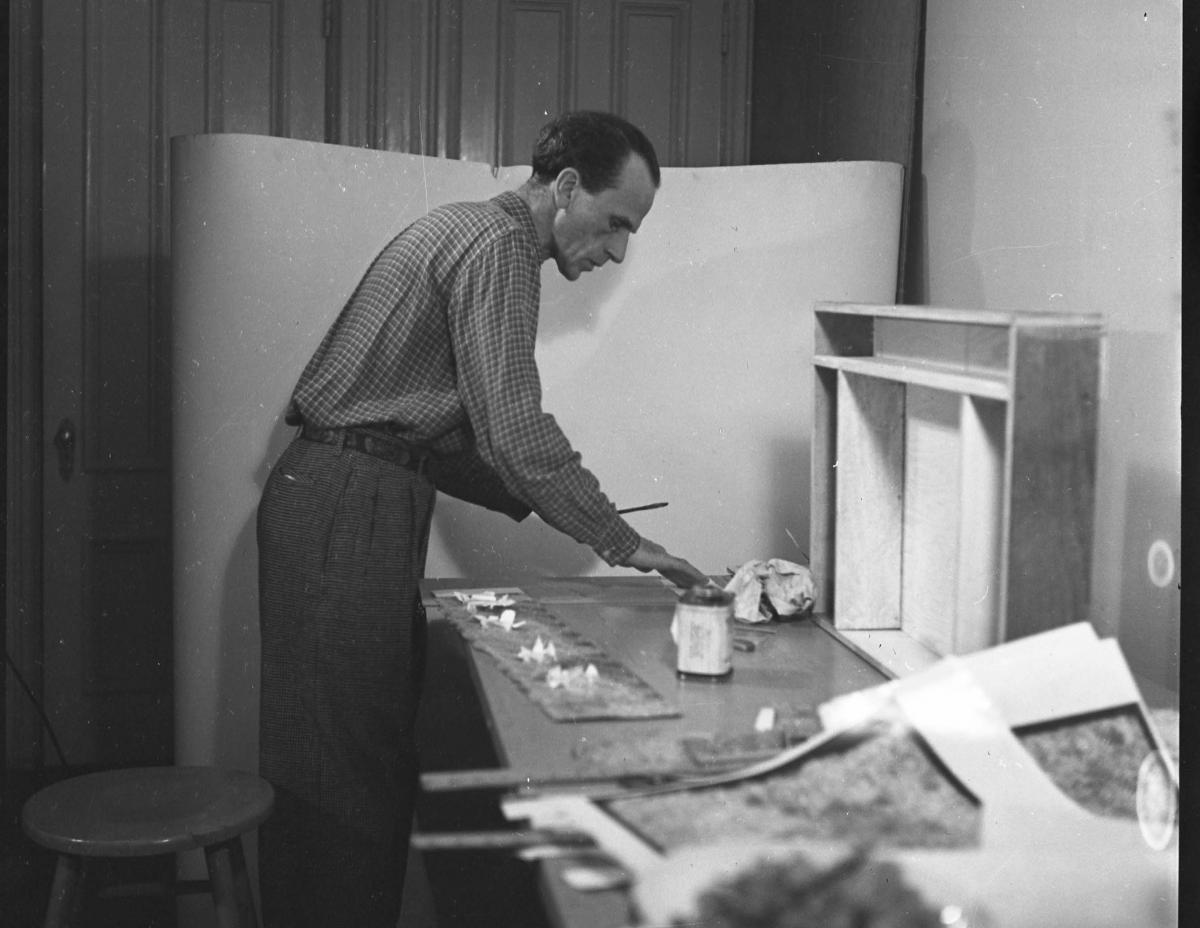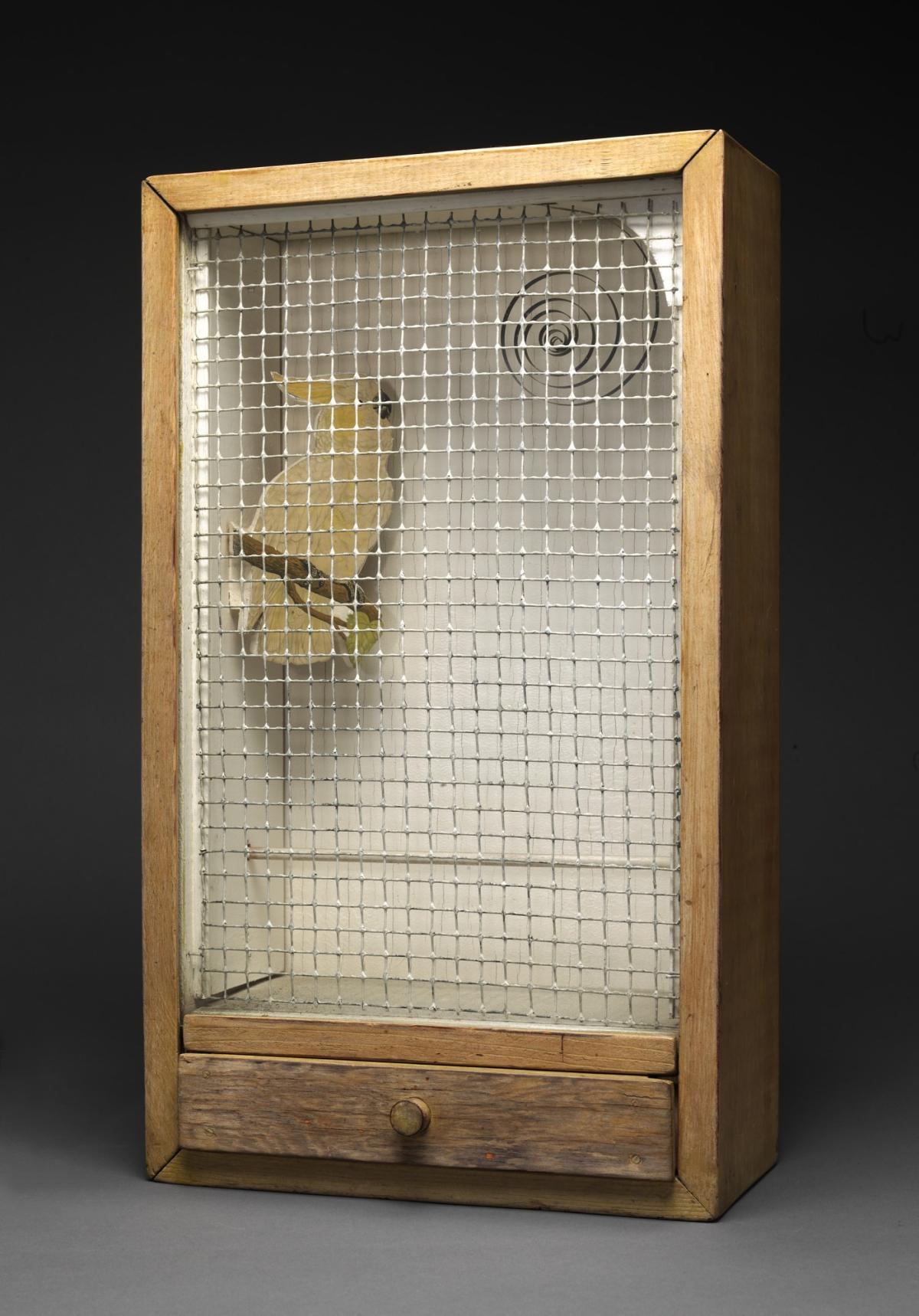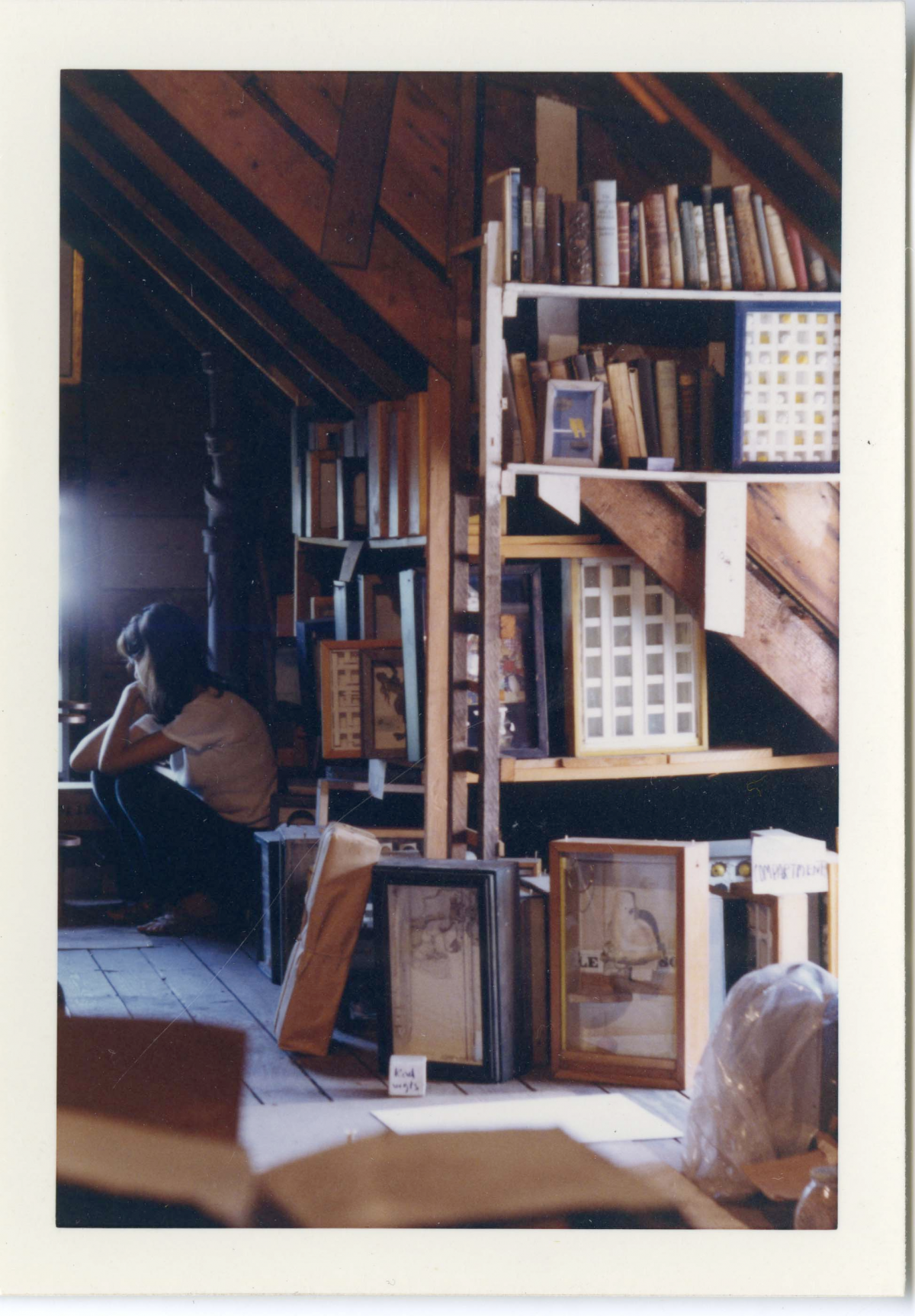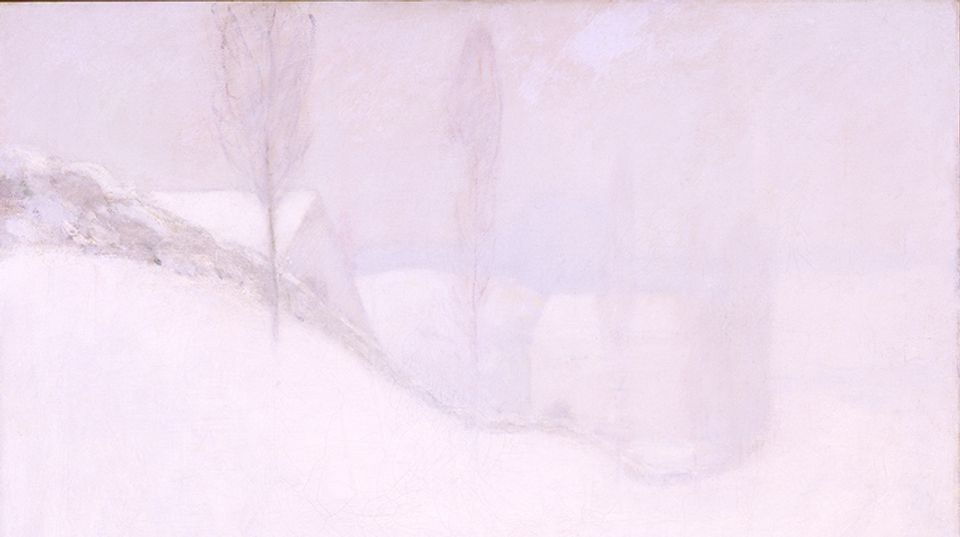Before he was an artist, Joseph Cornell was a collector. Throughout his life, he spent his time combing through New York City shops in search of items that sparked an emotional connection. These treasures-- nineteenth-century French novels, cordial glasses, clay pipes, ticket stubs—became the basis for his art. Having never received formal art education or training, Cornell’s creations were manifestations of his rich interior life and unique creativity. The treasures he collected were given new life and meaning in his collages, objets d’art, and boxed constructions.
While Cornell was loyal to his chosen formats of collage and assemblage, he explored several themes over the years and the influence of dominant art movements over the course of his life are evident in his creations. Although he never considered himself a Surrealist, he found inspiration in the collages of Max Ernst and the ready-mades of Marcel Duchamp. He exhibited alongside them and maintained friendships with these artists in the 1930s and 1940s. Their confident embrace of an art form without a need for painting or sculpture encouraged Cornell’s experimentation and his work of this time can be considered a cross between Surrealism and Victorian art and craft hobby.
Abstract Expressionism, a decidedly American phenomenon, exploded on the New York art scene in the years after World War II. Cornell embraced the abstract nature of the movement in his own way. In late 1949, he held an exhibition of his newest body of work at the Egan Gallery in New York City. Willem de Kooning, an AbEx giant, applauded the “architecture” of the aviaries, as the new works were known. This series of boxed constructions had interiors painted a stark white and usually a bird perched inside, behind a caged front or pane of glass. Cockatoo: Keepsake Parakeet (now in SAAM’s collection) was included in the exhibition and given to the novelist Donald Windham by Cornell as a token of thanks for writing the forward in the exhibition catalogue.
By the late 1950s, Cornell was an established artist and through his new representation, the Stable Gallery, he explored friendships with a younger generation of artists. Robert Rauschenberg was a frequent visitor to Cornell’s home. Cy Twombly, Robert Indiana, and Andy Warhol were all invited out to Queens occasionally. Cornell also held a certain fondness for young artists at the beginning stages of their careers. Artists like Lee Bontecou and Carolee Schneeman captivated Cornell. They were his muses and he in turn helped them explore their own artistic processes. Most famously, Cornell shared an intense relationship with Yayoi Kusama.
Joseph Cornell died on December 29, 1972, just five days after his 69th birthday, at his home on Utopia Parkway. A few years later, his sister, Betty Benton, donated several works by the artist to SAAM. While not his iconic boxed assemblages paying homage to famous ballet dancers or Medici children of the Renaissance, those works established an ongoing connection between the artist’s estate and the museum. In the decades since Cornell’s death, SAAM has received several major gifts of both artwork and Cornell’s studio contents from the Joseph and Robert Cornell Foundation, establishing the museum as an essential resource for understanding Cornell’s body of work. With this abundance of riches, SAAM established the Joseph Cornell Study Center which houses Cornell’s source materials, ephemera, inspiration, and personal library.
The works in SAAM’s collection enable us to explore the artist’s full creative practice. In addition to some of Cornell’s most recognizable imagery, we hold sketches for boxes, Cornell’s textiles designs, and experimentations with process and photography. The Study Collection presents a unique opportunity and tremendous responsibility that SAAM takes on with pride. For several years before the COVID-19 pandemic, a small team within SAAM worked to develop thematic installations in the permanent collection galleries, and for the first time highlighted different areas of Cornell’s life and work for museum visitors. With the help of SAAM’s former archivist of the Joseph Cornell Study Center, we were able to find source materials and ephemera that offered a unique experience in understanding Cornell as a complex and visionary artist of the twentieth century. For now, those works need to take a rest, as all are extremely light sensitive, but who knows what stories have yet to be uncovered in this collection within a collection. We will just have to dive back in.






















